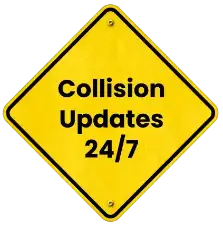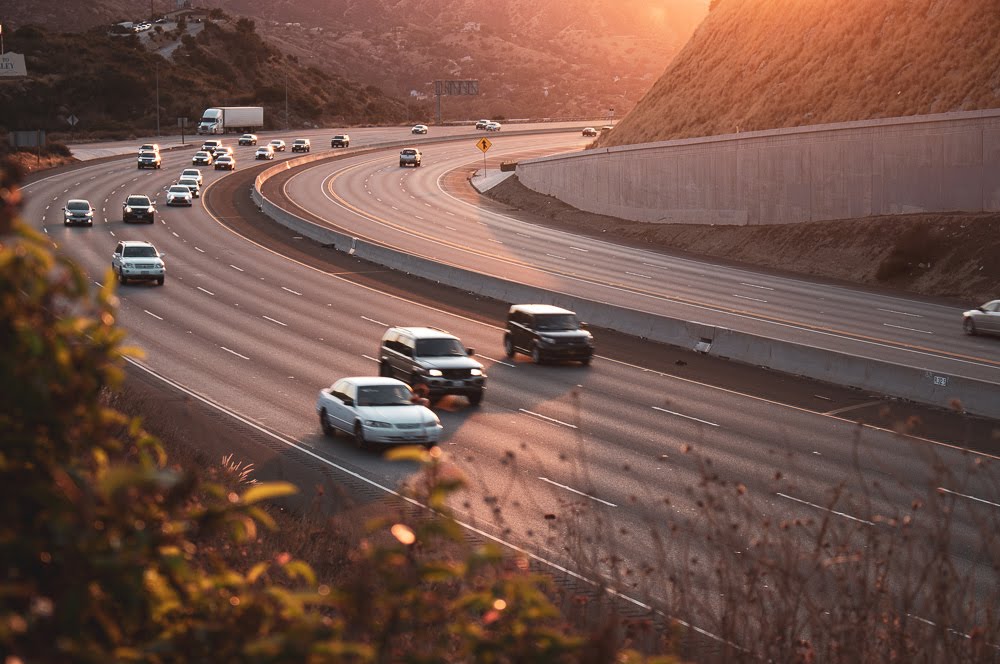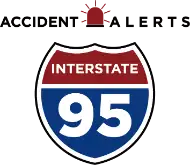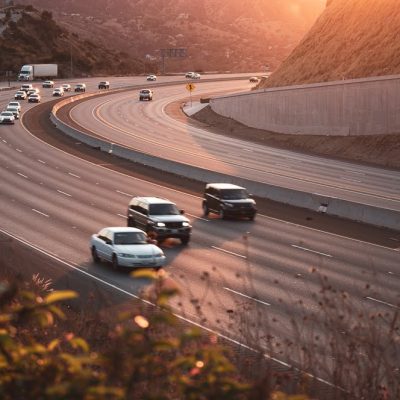
Day vs Night Accidents on I-95


Stretching from Miami, Florida, to Houlton, Maine, Interstate 95 (I-95) is one of the busiest and most important highways in the United States. Carrying millions of drivers daily through major cities, it serves as a critical corridor for commuters, tourists, and freight transportation alike.
However, this heavy traffic also makes I-95 one of the most accident-prone highways in the nation. What’s often overlooked is how the time of day dramatically affects the likelihood and severity of collisions.
Understanding the key differences between day vs night risks can help drivers stay alert, reduce fatigue-related crashes, and make safer choices when traveling on this high-volume route.
Understanding I-95 Daytime Accident Patterns
While daylight hours provide better visibility and generally safer driving conditions, that doesn’t mean I-95 is risk-free during the day. In fact, daytime accidents often stem from congestion, distracted driving, and aggressive lane changes during peak hours.
1. Congestion and Rear-End Collisions
Morning and afternoon rush hours on I-95 create stop-and-go traffic that increases rear-end collisions. Constant braking, lane merging, and driver impatience often lead to multi-vehicle accidents that cause major delays.
2. Construction and Lane Closures
Ongoing roadwork is another frequent cause of daytime crashes. Construction zones also heighten the danger for roadside workers, particularly when drivers are distracted by mobile devices.
3. Driver Distraction in Heavy Traffic
During the day, many drivers multitask behind the wheel. These distractions, even for a few seconds, can lead to serious accidents on such a fast-paced highway.
According to the Centers for Disease Control and Prevention, distracted driving remains one of the leading causes of highway accidents nationwide, particularly in congested urban areas.
What Makes I-95 Night Crashes More Dangerous
Nighttime driving presents unique challenges that make crashes on I-95 especially dangerous and often deadly. Reduced visibility, driver fatigue, and a higher likelihood of encountering impaired drivers all contribute to the increased risk after dark.
Limited visibility is one of the primary hazards. At night, drivers rely solely on their headlights, which illuminate only a short distance ahead. This narrow field of vision can cause motorists to miss obstacles such as stalled vehicles, road debris, or pedestrians until it’s too late to react safely.
Fatigue also plays a major role in nighttime accidents. Many drivers experience drowsiness due to long hours on the road, irregular sleep schedules, or overnight travel. Fatigued drivers have slower reaction times, impaired judgment, and a greater chance of drifting out of their lanes, increasing the likelihood of collisions.
Another serious concern is impaired driving. The risk of encountering intoxicated drivers rises significantly during nighttime hours, particularly between 9 p.m. and 3 a.m., when visibility is low and fatigue is more common. These combined factors create extremely dangerous conditions for everyone on the road.
Pedestrian and animal hazards add to the danger. People walking near poorly lit roadways or breakdown lanes are far less visible at night, increasing the chance of being struck. In rural stretches of I-95, deer and other wildlife often wander onto the roadway unexpectedly, leading to sudden and severe crashes.
Together, these factors make nighttime driving on I-95 a high-risk situation that demands extra caution, alertness, and defensive driving to prevent tragedy.
Comparing Day vs. Night Risks on I-95
While more accidents happen during the day due to heavier traffic, nighttime collisions are generally more serious. Daytime crashes often occur at slower speeds and result in minor injuries, such as in stop-and-go city traffic. In contrast, nighttime crashes are more likely to involve high speeds, impaired drivers, and drowsy conditions.
Driver behavior also shifts depending on the time of day. During daylight hours, motorists may be more alert but also more distracted by devices, passengers, or multitasking. At night, while distractions may decrease, the risk of fatigue and impairment rises.
The quality of road lighting along I-95 varies significantly. Well-lit urban areas experience fewer visibility-related crashes, while darker rural stretches are more prone to nighttime accidents. Infrastructure elements like reflective signage, clear lane markings, and consistent lighting can greatly reduce the chances of nighttime collisions and improve overall highway safety.
Safety Tips for Day and Night Driving on I-95
To stay safe on I-95 at any hour, drivers should adapt their habits to match current conditions. During the day, it’s important to maintain a safe following distance, stay alert for construction zones or lane shifts, and minimize distractions by setting up GPS or music before driving. In congested traffic, stay calm and avoid aggressive maneuvers.
At night, make sure you are well-rested to reduce the chance of fatigue-related accidents. Keep your headlights, taillights, and windshield clean for maximum visibility, and adjust your speed. Use high beams on dark stretches when appropriate, but remember to dim them when approaching other vehicles. Most importantly, never drive after consuming alcohol or drugs—even small amounts can impair your ability to drive safely.
Regardless of the time of day, make sure to regularly inspect your brakes, tires, lights, and windshield wipers. This helps ensure your car is road-ready, especially on a fast-paced highway like I-95. Taking these precautions can significantly reduce the risk of both minor and major collisions, day or night.
How a Car Accident Lawyer Can Help After an I-95 Crash
Collisions on I-95 can involve multiple vehicles, commercial trucks, or complex liability questions. A skilled Car Accident Lawyer can help determine fault, handle insurance claims, and pursue fair compensation for injuries or losses.
Whether your accident occurred during morning rush hour or a late-night drive, an experienced attorney can review police reports, witness accounts, and accident reconstruction data to establish liability.
Insurance disputes often arise after severe accidents, particularly when multiple drivers or commercial carriers are involved. Legal counsel ensures your medical bills, lost wages, and repair costs are fully covered—while protecting your rights throughout the process.
Reducing Day and Night Risks on I-95
From Florida to Maine, I-95 offers both opportunity and danger. While daytime congestion causes frequent minor accidents, nighttime fatigue and reduced visibility lead to far more serious outcomes. Understanding these differences—and adjusting your driving habits accordingly—can help keep you and others safe.
Contact an Experienced I-95 Accident Attorney
If you’ve been injured in an I-95 collision, whether by day or night, you don’t have to face the consequences alone. We can put you in touch with an I-95 car accident lawyer to learn your options, protect your rights, and pursue the recovery you deserve.

